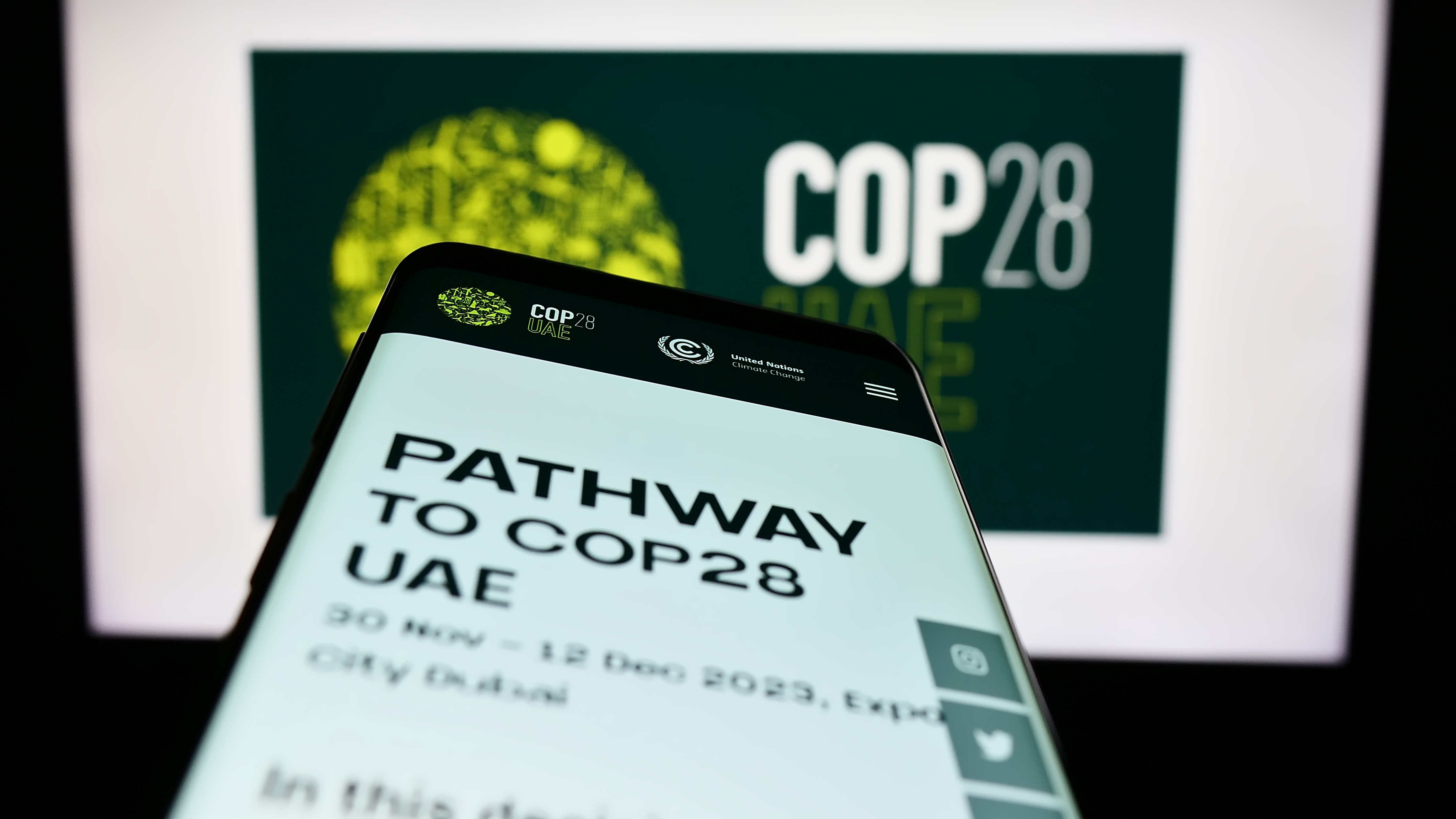COP28: Daunting Stakes and Pivotal Decisions on the Table

The UN climate conference in Dubai faces a moment of troubled geopolitical agenda lowering the focus on the climate emergency, but natural ecosystems will not wait for human decisions. A challenging test for the survival of diplomacy.

In a world of increased geopolitical fragmentation, wars, economic hardship, industrial and technological competition, for the international community focusing on climate change and the energy transition will not come as an easy task. Yet it is crucial and urgent for our collective survival. Against the backdrop of the war in Ukraine and the 2022 energy crisis, the issue of security, in all its forms, has grown to be central in international fora such as the G20 and to dominate domestic agendas. Energy security, but also food security, water and medicine security and defense are at the forefront of efforts, casting a shadow over the urgency of the climate crisis in the immediate term. At the same time, the acceleration of destructive weather phenomena at a current level of warming of 1.15°C above pre-industrial level has made it into the daily news headlines and raises concerns of whole areas becoming un-insurable and un-inhabitable, of decreasing agricultural yields, of accelerated environmental degradation and loss of biodiversity and, overall, of an open Pandora box unleashing all threats to human security and well-being. The world must come to the realization that for every bit of degree of global warming, the consequences will be increasingly dire and potentially even irreversible where tipping points are crossed. The 28th edition of the United Nations Climate Change Conference (COP 28) is opening with the hard task of taking steps ahead on climate change and make a synthesis out of opposing views.
The Global Stocktacke: turning science into action
First stop on the agenda of the COP28 is the Global Stocktake, put in place by the Paris Agreement in 2015, which must reflect the progress made on holding the global temperature increase to well below 2°C and pursuing efforts to limit it to 1.5°C. This is a moment of collective acknowledgement that the world is nowhere near to being on track to meet these objectives. Globally, greenhouse gas (GHG) emissions should be reduced by -43% by 2030 and -60% by 2035, whereas in 2022 GHG emissions were still on an upward trend of +1.4% compared to 2021. Hence, this Summit must turn scientific knowledge into bold decisions on mitigation efforts. Among the initiatives on the table that could positively contribute there is the tripling of the share of renewable energies and doubling the energy efficiency by 2030, a focus on decarbonizing the power system, supporting the decarbonization of energy intensive industries, and stopping the addition of new coal power plants to the international energy system.
[...]
> read the entire editorial on ISPI's website

Available in:
Regions and themes
Share
Related centers and programs
Discover our other research centers and programsFind out more
Discover all our analysesAI, Data Centers and Energy Demand: Reassessing and Exploring the Trends
The information and communication technologies sector today accounts for 9% of global electricity consumption, data centers for 1-1.3%, and artificial intelligence (AI) for less than 0.2%. The growing energy demands of cloud services first, and now AI workloads (10% of today’s data centers electricity demand), have exacerbated this trend. In the future, hyperscale data centers will gain shares amongst all kinds of data centers and AI will probably account for around 20% of data centers electricity demand by 2030.
Unlocking India’s Energy Transition: Addressing Grid Flexibility Challenges and Solutions
India is rapidly scaling up its renewable energy (RE) capacity, adding 15–20 GW annually, but the ambitious goal of 500 GW of non-fossil capacity by 2030 is at risk unless the pace accelerates.
Europe’s Black Mass Evasion: From Black Box to Strategic Recycling
EV batteries recycling is a building block for boosting the European Union (EU)’s strategic autonomy in the field of critical raw minerals (CRM) value chains. Yet, recent evolutions in the European EV value chain, marked by cancellations or postponements of projects, are raising the alarm on the prospects of the battery recycling industry in Europe.

The New Geopolitics of Energy
Following the dramatic floods in Valencia, and as COP29 opens in Baku, climate change is forcing us to closely reexamine the pace—and the stumbling blocks—of the energy transition.







